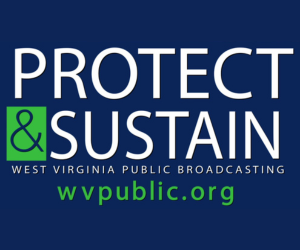The state Department of Environmental Protection is putting together a plan to manage pollutants in a northern West Virginia watershed. This plan will have a key role in the health of the waterways.
The plan is called a Total Maximum Daily Load plan; it establishes limits for how much pollutants can be in streams listed as impaired. These pollutants include: total iron, chlorides, and dissolved aluminum. DEP’s TMDL’s program manager Dave Montali says it takes time to develop plans like this one.
“Universally across our state, we have bacteria; water quality impairment is fairly common. We also have sediment related problems from iron, basically everywhere we monitor. In the Mon watershed, we have some legacy mine drainage issues,” he said.
This particular watershed stretches from the Fairmont area up to the Pennsylvania state line. There are several hundred streams in the watershed. Montali says this particular TMDL plan addresses tributaries of the Monongahela River, but not the mainstem itself.
“Water quality in a watershed, in a community, affects everybody. It affects their health, it affects their economic growth, it affects population,” said Timothy Denicola.
Timothy Denicola works with the Friends of Decker’s Creek. Decker’s Creek is one of the water bodies in the Mon River Watershed. He says TMDL plans play vital roles in the long-term life of an aquatic community.
“The TMDL is the tool or the template by how we maintain healthy aquatic communities. It is the means by which a healthy ecosystem is maintained in a watershed and subwatersheds,” said Denicola.
The agency is now taking public comments on the plan. Public comments are accepted until the 16th. The DEP will submit its final draft proposal on TMDLs to the Environmental Protection Agency, following the end of the public comment period.






















